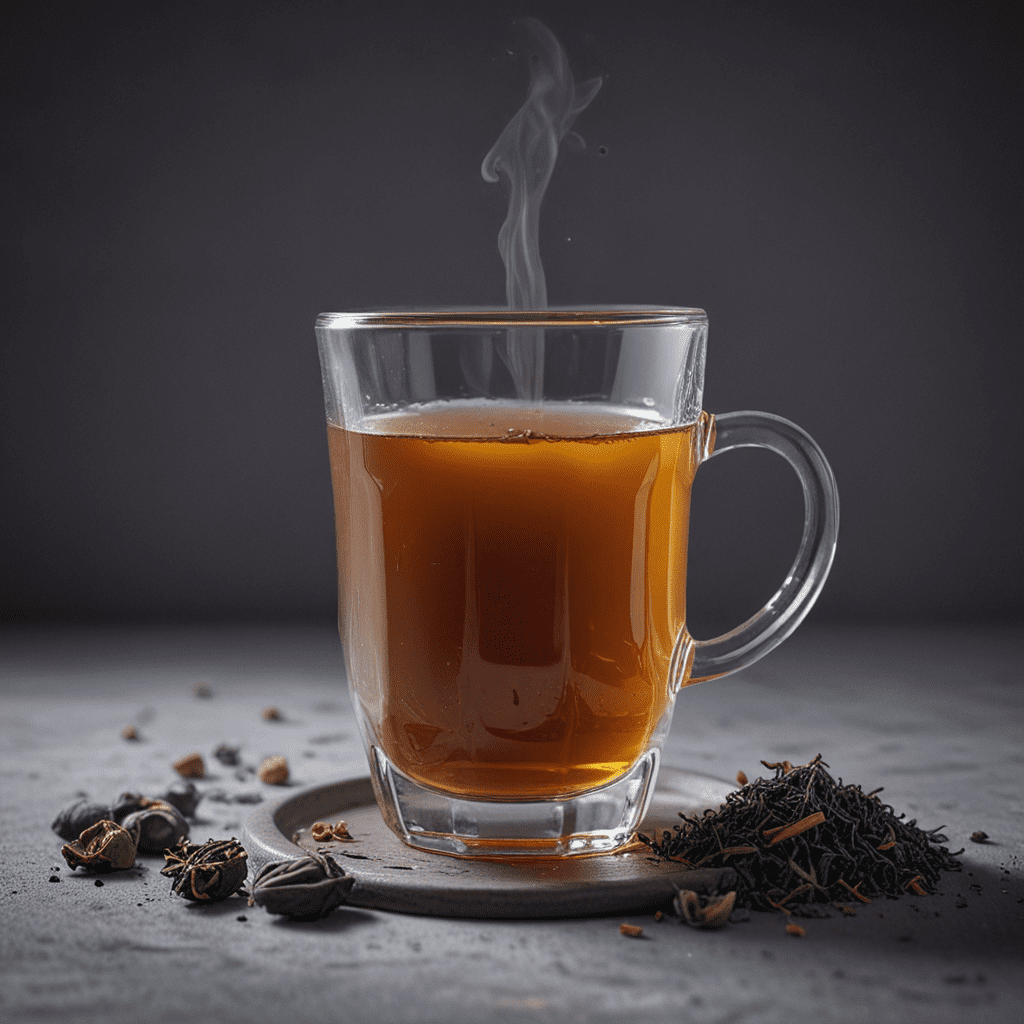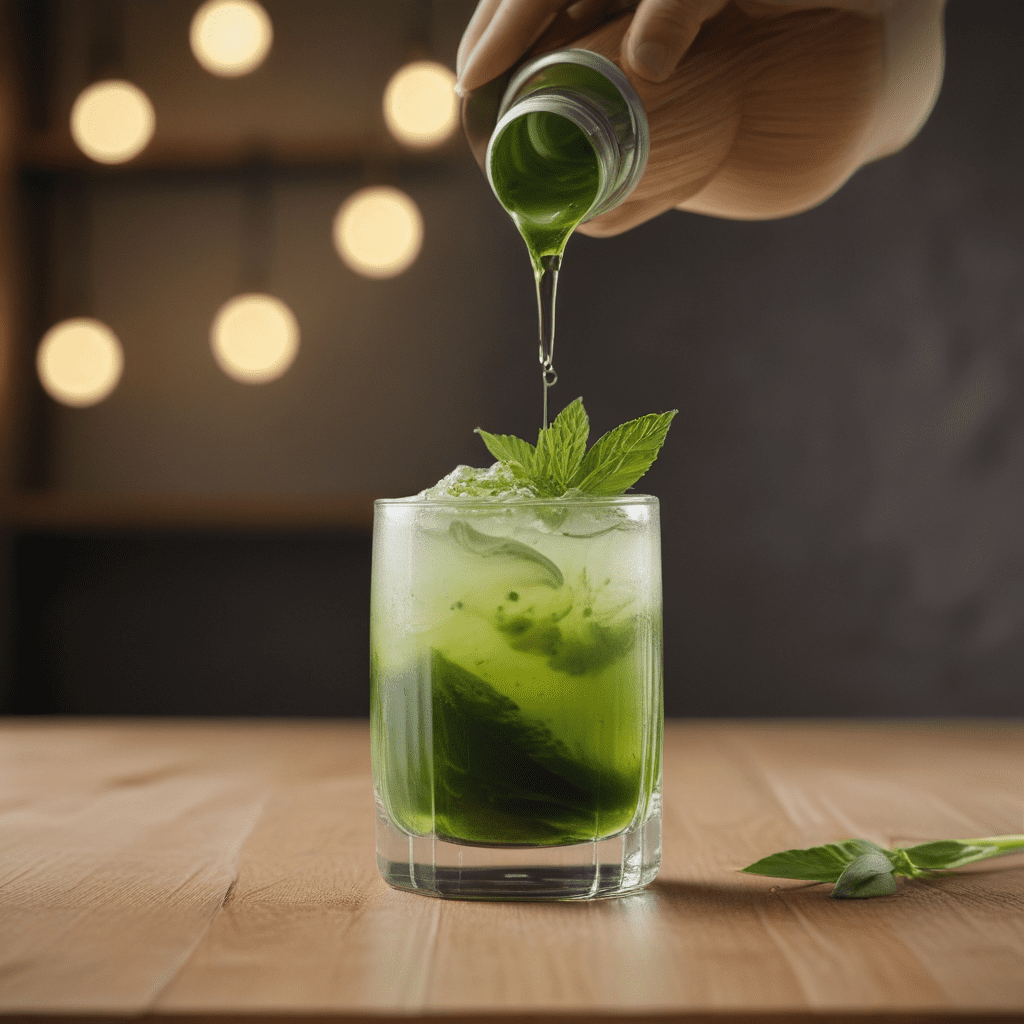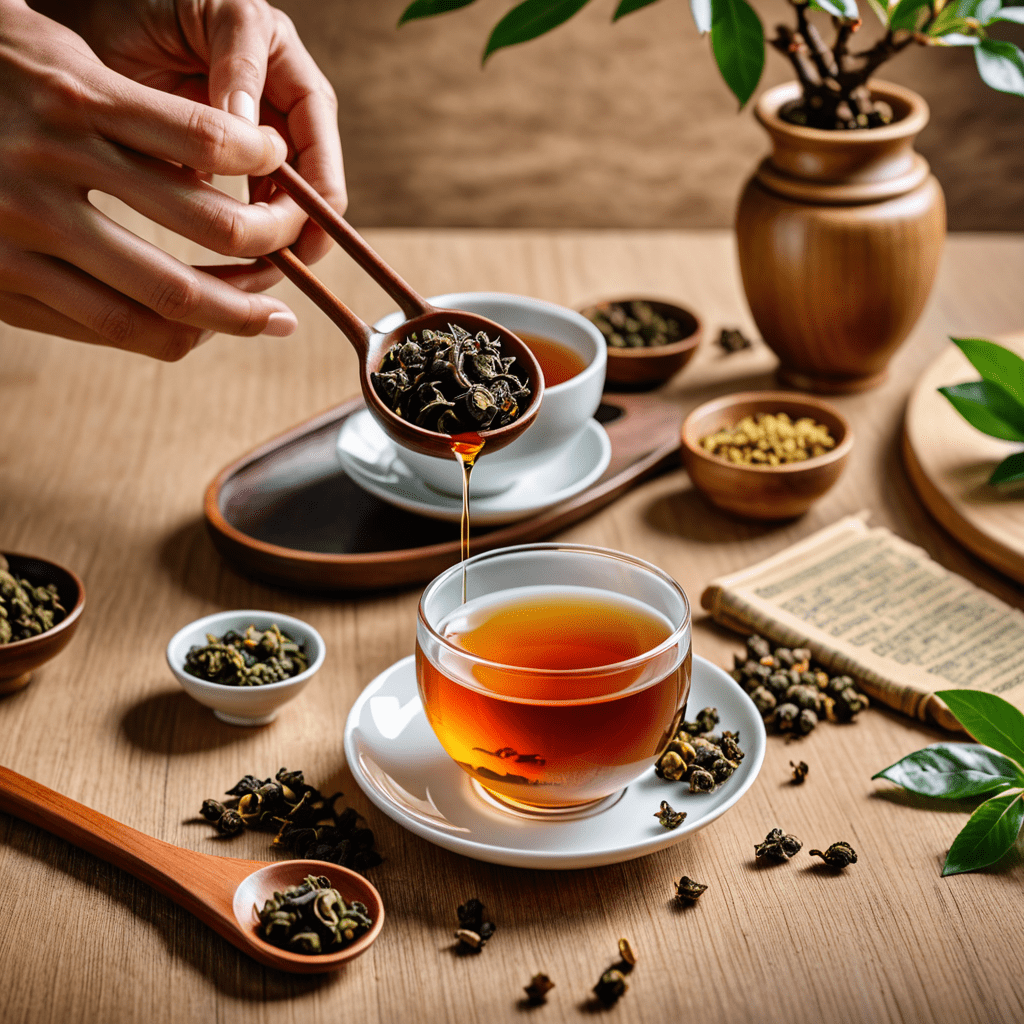Introduction
Earl Grey tea, captivating the senses with its alluring aroma and robust flavor, has long been a beloved beverage among tea enthusiasts. Its distinctive taste, attributed to the addition of bergamot oil, sets it apart from the vast array of teas available. In this comprehensive guide, we delve into the depths of Earl Grey tea, exploring its components, caffeine content, and the myriad factors that influence its unique characteristics.
What is Earl Grey Tea?
Earl Grey tea is a black tea infused with the essence of bergamot, a citrus fruit native to Italy. The tea leaves, typically sourced from regions such as India and Sri Lanka, are blended with bergamot oil to create a harmonious symphony of flavors. The resulting brew exudes a captivating aroma reminiscent of citrus and flowers, complemented by the rich and malty notes of black tea.
Components of Earl Grey Tea
Earl Grey tea is composed of three primary components: black tea leaves, bergamot oil, and sometimes additional flavorings. Black tea forms the base of the blend, providing the tea its characteristic full-bodied flavor and dark amber hue. Bergamot oil, extracted from the rind of the bergamot orange, imparts the tea's signature citrusy aroma and taste. In some variations, natural or artificial flavorings may be added to enhance or complement the existing flavors.
Bergamot Oil and Caffeine
Bergamot oil, the defining ingredient of Earl Grey tea, plays a significant role in shaping its flavor profile. However, the presence of caffeine in bergamot oil is negligible, contributing minimally to the overall caffeine content of Earl Grey tea. The primary source of caffeine in Earl Grey tea lies within the black tea leaves themselves.
Caffeine Content of Earl Grey Tea
The caffeine content of Earl Grey tea varies depending on several factors, including the type and amount of black tea used, the steeping time, and the brewing method. Generally, Earl Grey tea contains a moderate amount of caffeine, typically ranging between 30 to 60 milligrams per 8-ounce cup. This caffeine content falls within the average range for black teas and is significantly lower than caffeinated beverages like coffee or energy drinks.
6. Factors Affecting Caffeine Content
The caffeine content of Earl Grey tea can be influenced by several factors:
Type of Black Tea: Different types of black tea, such as Assam or Darjeeling, have varying caffeine levels. Earl Grey blends that use black teas with higher caffeine content will result in a more caffeinated tea.
Amount of Black Tea: The amount of black tea used in the blend will directly impact the caffeine content. A higher proportion of black tea to bergamot oil will yield a tea with more caffeine.
Steeping Time: The longer Earl Grey tea is steeped, the more caffeine is extracted from the tea leaves. Steeping for shorter periods will produce a less caffeinated tea.
- Brewing Method: The brewing method can also affect caffeine content. Using hot water and a longer steeping time will extract more caffeine than cold brewing or using a tea bag.
7. Comparison to Other Teas
Compared to other types of tea, Earl Grey tea typically has a moderate caffeine content. Green tea and white tea generally contain less caffeine than Earl Grey, while black tea and oolong tea can have higher caffeine levels.
Green Tea: 20-40 mg of caffeine per 8-ounce cup
White Tea: 15-30 mg of caffeine per 8-ounce cup
Black Tea: 40-60 mg of caffeine per 8-ounce cup
- Oolong Tea: 25-50 mg of caffeine per 8-ounce cup
8. Health Effects of Earl Grey Tea Caffeine
The caffeine in Earl Grey tea can have various health effects, both positive and negative:
Positive Effects: Caffeine can improve alertness, focus, and physical performance. It may also have antioxidant properties.
Negative Effects: Excessive caffeine consumption can lead to side effects such as anxiety, insomnia, and headaches. Individuals sensitive to caffeine should consume Earl Grey tea in moderation.
9. Brewing Methods and Caffeine Content
The brewing method can significantly impact the caffeine content of Earl Grey tea:
Loose Leaf Tea: Using loose leaf tea allows for better control over the steeping time and amount of tea used. This method generally produces a more caffeinated tea.
Tea Bags: Tea bags are convenient but may result in less caffeine extraction due to the limited space for the tea leaves to expand.
Cold Brewing: Cold brewing involves steeping tea leaves in cold water for several hours. This method produces a less caffeinated tea with a smoother flavor.
10. Conclusion
Earl Grey tea is a delightful blend of black tea and bergamot oil, offering a distinctive citrusy flavor and moderate caffeine content. The caffeine level can vary depending on several factors, including the type of black tea, steeping time, and brewing method. While Earl Grey tea can provide a refreshing and stimulating boost, it's important to consume it in moderation to avoid potential side effects.
FAQ
Q: Is Earl Grey tea high in caffeine?
A: Earl Grey tea typically has a moderate caffeine content, ranging from 30 to 60 milligrams per 8-ounce cup.
Q: What factors affect the caffeine content of Earl Grey tea?
A: The type of black tea, amount of black tea, steeping time, and brewing method can all influence the caffeine content.
Q: How can I reduce the caffeine content of Earl Grey tea?
A: You can reduce caffeine by using less black tea, steeping for a shorter time, or using a cold brewing method.
Q: Is Earl Grey tea healthy?
A: Earl Grey tea can provide some health benefits, such as antioxidants and improved alertness. However, excessive caffeine consumption can have negative side effects.


